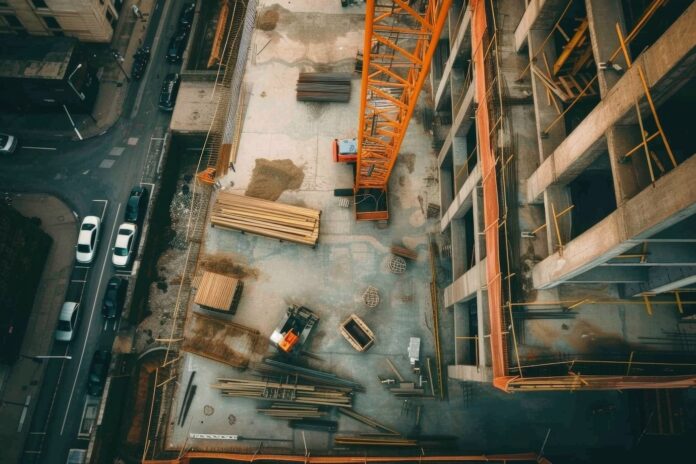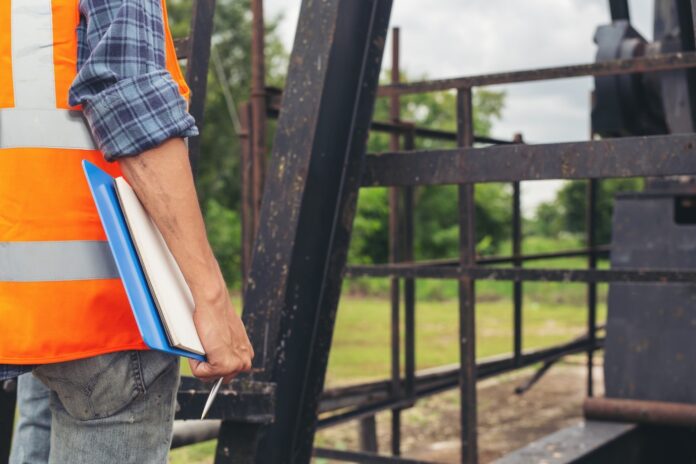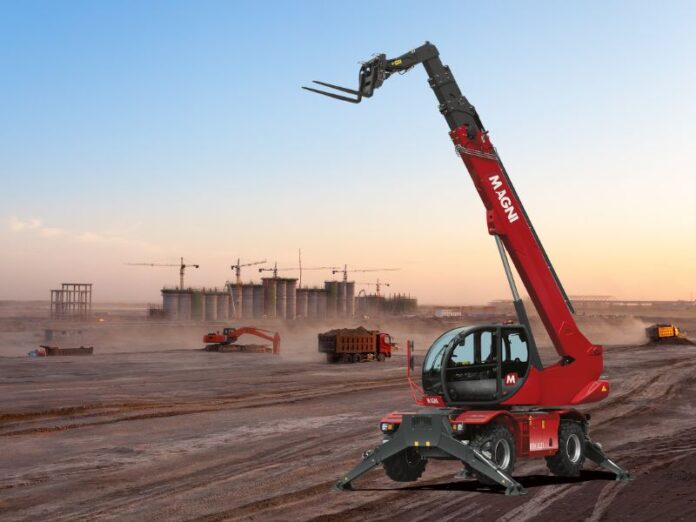As someone who’s been around construction sites and heavy equipment for a while, I’ve seen first-hand how the right tools can make all the difference.
Sure, you can stick with the usual cranes or forklifts, but there’s something special about rotary telehandlers that just sets them apart.
In certain applications, rotary telehandlers go above and beyond, making the job not only easier but also a lot more efficient.
Why Rotary Telehandlers?
Let’s start by highlighting what makes rotary telehandlers different from traditional equipment like cranes or forklifts. A rotary telehandler doesn’t just lift or transport things—it can rotate a full 360 degrees, giving you flexibility on the job site that other machines simply can’t offer.
Imagine having a crane that could twist and turn to exactly where you need it without needing to move its base. That’s the magic of a rotary telehandler.
They’re like the Swiss Army knife of construction equipment. You get versatility, maneuverability, and serious lifting capacity, all in one machine.
Plus, they can be outfitted with a range of attachments—from buckets and forks to winches and work platforms.
When it comes to flexibility and performance, Magni TH rotating telehandlers offer an unmatched combination of 360-degree rotation, impressive lifting capacity, and multi-functional adaptability, making them a top choice for diverse job site needs.
So, where do rotary telehandlers shine the brightest? Let’s look at some specific scenarios.
1. Tight Spaces in Urban Construction

If you’ve ever worked in a crowded city environment, you know how tricky it can be to maneuver large equipment. Parking lots, narrow streets, or high-rise buildings leave little room to work with.
Traditional cranes often need plenty of space, which just isn’t available in many urban settings. That’s where rotary telehandlers take the win.
How They Excel
With their ability to rotate in place and their compact design, rotary telehandlers can get into those tight spots and still lift loads to significant heights.
Even in confined spaces, you don’t need to reposition the entire machine; a simple rotation of the upper part gets the job done. Plus, their smaller footprint means less disruption to the surrounding area, which is always a plus in urban environments.
2. Multi-story Construction Projects
Building upwards requires equipment that can handle vertical loads while still being flexible enough to adapt to different heights.
Cranes are an obvious choice, but they come with limitations—set-up time, size, and range of motion. Rotary telehandlers, on the other hand, bring the best of both worlds.
Why They’re Ideal
Rotary telehandlers provide the elevation you’d expect from a crane but with far more flexibility. Need to lift materials to the second floor? Easy. Fourth floor? No problem.
And because of their rotating ability, you can lift materials directly to various spots on different levels without needing to relocate the base of the machine.
Think about multi-floor scaffolding work or concrete pouring; a rotary telehandler can adjust to the height you need and move materials efficiently, all from one position.
3. Rough Terrain and Remote Job Sites

For those of us working in off-the-beaten-path construction sites—think wind farms, pipelines, or even mountainous regions—traditional equipment like cranes or forklifts can struggle. Uneven ground makes it tough to stabilize, and transport can be a headache.
Rotary Telehandler Advantage
Rotary telehandlers are designed to handle rugged environments. Their all-terrain capability means they can work on uneven surfaces while maintaining stability. What’s even better is their compact design, which makes transportation to remote sites easier compared to larger, bulkier cranes.
If you’re dealing with muddy, rocky, or otherwise challenging terrain, you’ll appreciate how easily a rotary telehandler moves, while still offering the strength to lift and transport heavy materials.
4. Material Handling in Warehousing
You might think that a rotary telehandler is overkill for a warehouse job, but don’t knock it till you’ve tried it. Warehousing can benefit significantly from this versatile machine, especially if you’re handling oversized materials that need careful placement.
Where They Excel
In larger warehouses or logistics centers, the ability to rotate and reach high shelves can be invaluable. Forklifts have their place, sure, but the rotary telehandler’s extra reach and rotation capability means it can handle complex material arrangements without needing to reposition.
Plus, swapping out attachments means one machine can lift, transport, and even place materials in tight or awkward spaces.
5. Agriculture and Farm Work
Agriculture isn’t just about planting crops; it often requires serious material handling. Farms deal with everything from hay bales to equipment, and rotary telehandlers can be a huge time-saver.
Why They Work So Well on Farms
Farmers love versatility, and that’s exactly what you get with a rotary telehandler. Imagine being able to lift hay bales to the loft of a barn, move feed sacks, or even help set up irrigation systems—all with the same machine.
And because it can rotate in place, you’re not constantly moving the equipment around the farm, saving time and reducing wear and tear on both the machine and your property.
Plus, with all-terrain capabilities, they handle muddy fields and rough farm tracks like a pro. Attach a bucket, and you’ve got a machine ready to clear out ditches, move dirt, or handle other farm-related tasks with ease.
6. Road Maintenance and Bridge Work

Rotary telehandlers are also a game-changer for roadwork and bridge projects. Typically, this type of work involves lifting and placing heavy materials, often in spaces that are challenging to navigate.
Why They’re Perfect Here
Bridge repairs or construction often mean tight spaces and tricky angles. A rotary telehandler can stay in one spot and rotate to access different parts of the bridge, lifting materials exactly where they’re needed.
Its compact nature also means less disruption to traffic, which can be crucial when you’re working on or near public roads.
For road maintenance, they can handle lifting and placing barriers, signs, or even helping with concrete pouring in confined areas, all while easily adjusting their position through rotation.
7. Solar Farms and Green Energy
As the world continues to focus on renewable energy, solar farms and other green energy installations have become common.
But setting up these installations often means working in remote areas, with uneven ground and challenging logistics.
Where Rotary Telehandlers Shine
Building solar farms involves installing a large number of panels, often spread out over vast, uneven fields. Rotary telehandlers can easily navigate the terrain while lifting and positioning solar panels to precise spots.
Their ability to rotate also means you can make adjustments on the fly without repositioning the entire machine.
Plus, with attachments like work platforms, you can safely lift workers to elevated areas to perform installations or maintenance, making the whole process smoother and more efficient.
Summary
Rotary telehandlers aren’t just another piece of equipment—they’re the versatile, adaptable workhorse that can replace several machines on the job site.
Whether you’re dealing with tight urban construction, working on multi-story projects, handling materials in a warehouse, or navigating the challenges of rural or remote job sites, a rotary telehandler often offers the best solution.
Here are some key benefits to keep in mind:
- 360-degree rotation for flexibility on the job
- Adaptability to a range of attachments, from buckets to work platforms
- All-terrain capability for rugged or uneven surfaces
- Compact design for confined spaces
- Height and reach that rivals many cranes
If you haven’t yet considered a rotary telehandler for your next project, now might be the time to give it a serious look. From city streets to open fields, it’s the one machine that can handle it all.







